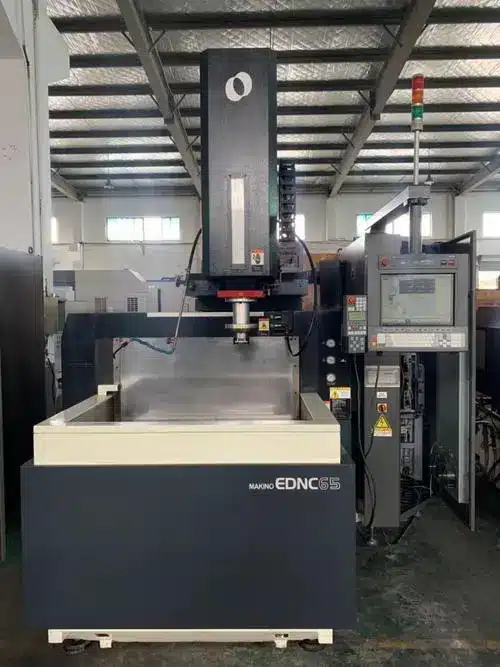In the ever-evolving world of manufacturing, optimizing processes and reducing costs are paramount. One crucial concept that has gained traction in recent years is Design for Manufacturing (DFM).In addition to these aspects, Plastic injection molding The performance in other aspects is also relatively good, which has attracted everyone’s attention and research. https://bfymold.com
In this blog post, we will delve into the principles of DFM and explore how it applies to injection molding, highlighting its benefits in optimizing the manufacturing process and reducing overall costs.
Understanding Design for Manufacturing (DFM)
Design for Manufacturing (DFM) is a comprehensive approach that involves designing products with the manufacturing process in mind. The primary goal of DFM is to simplify product designs to make them easier and more cost-effective to manufacture without compromising on quality or functionality.
By considering the manufacturing process during the design phase, companies can identify potential issues early and make necessary adjustments, leading to more efficient production and reduced costs.
Mill machine
Mill Machine
Principles of DFM
The principles of DFM are centered around creating designs that are easy to manufacture. Here are some key principles:
Simplification of Design: The more complex a design, the more challenging and costly it is to manufacture. Simplifying designs by reducing the number of parts, using standard components, and minimizing intricate features can significantly streamline the manufacturing process.
Material Selection: Choosing the right materials that are readily available, cost-effective, and suitable for the manufacturing process is crucial. The selected materials should also meet the functional requirements of the final product.
PC materials
PC materials
Standardization: Using standard parts and components can reduce costs and lead times. Standardization also simplifies inventory management and improves compatibility with existing manufacturing processes.
Ease of Assembly: Designing products that are easy to assemble can reduce labor costs and minimize assembly errors. Features like snap-fit joints, self-locating parts, and minimized fasteners contribute to easier assembly.
Tolerance and Fits: Properly defining tolerances and fits ensures that parts fit together as intended without excessive adjustments or rework. Overly tight tolerances can drive up manufacturing costs and complexity.
Design for Testing and Quality Control: Incorporating features that facilitate testing and inspection during and after manufacturing can help identify defects early, ensuring high-quality products.
